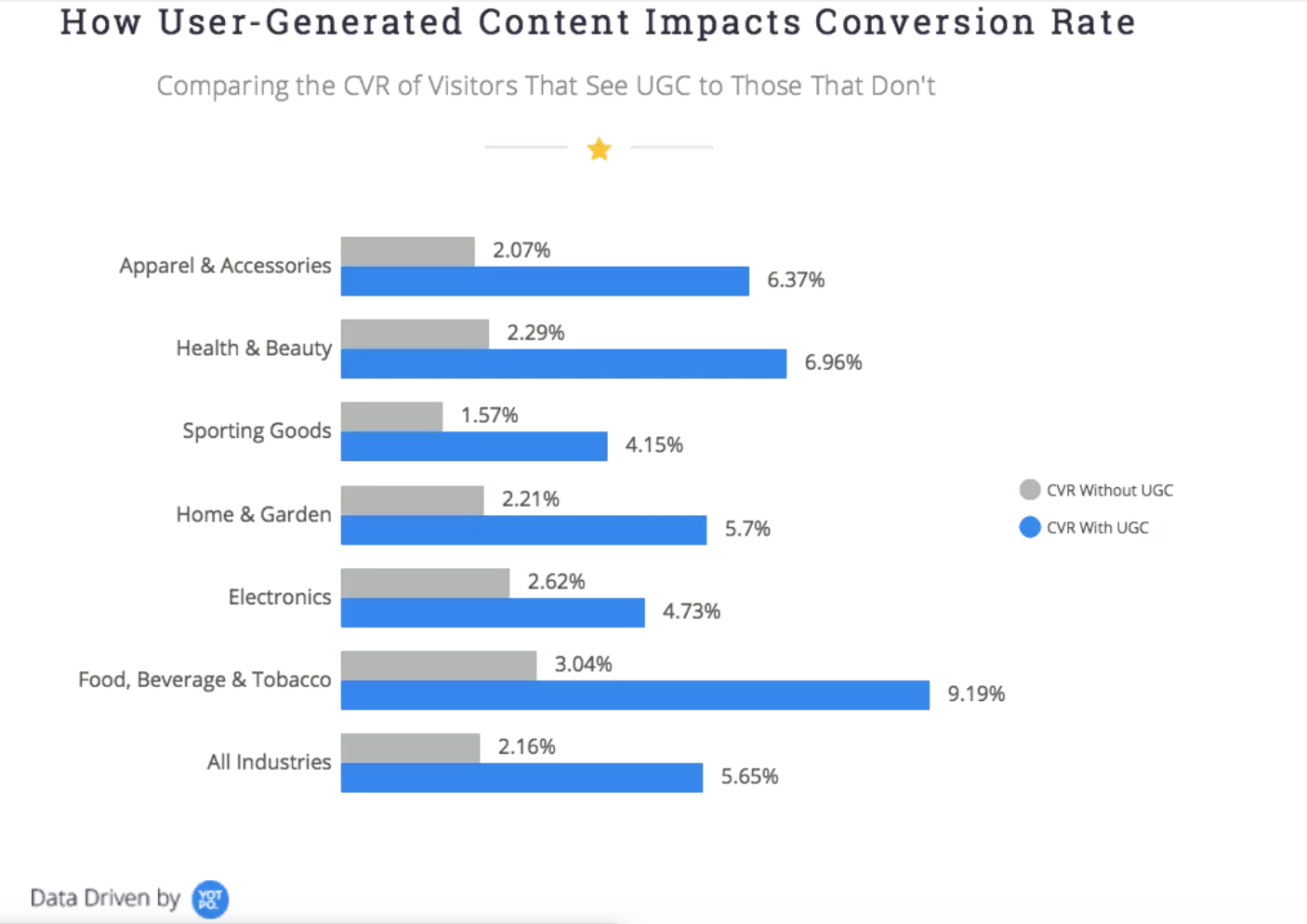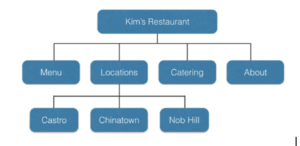Optimize Your SEO With User-Generated Content
User-generated content, or UGC, has been very successful in terms of being effective in creating a highly successful, long-term SEO and conversion strategy. UGC can improve KPIs for your search marketing:
- Increase your page rankings
- Increase Google Ads click-through rates up to 20%
- Increase organic traffic up to 400%
- Increase conversion rate up to 75%
UGC should be part of your 2021 SEO strategy, and Onimod Global experts are here to help you discover why.
Why is the impact so great?
Any content coming from consumers talking about or reviewing a product is immediately seen as more trustworthy. For example, 88 percent of consumers trust online reviews written by other consumers as much as they trust suggestions from their personal network. Content from a consumer ultimately is more relatable, therefore signalling a psychological response called “social proof” which makes people assume that others’ actions reflect correct behavior for a situation. For example, if we see someone go through something negative such as slipping on a patch of ice on a sidewalk, we will likely learn not to follow those same actions.
We are also influenced very much by the opinion of others. So if you didn’t see it directly, but you hear from a friend at school that the sidewalk is slippery, you are likely to avoid the sidewalk and the icy patch. We are simply more open to accepting the opinion of our peers.
Switching this from ice patches back to marketing, from a customer point of view, social proof helps to increase conversion rates by building trust. A brand telling you that their products work, they’re a great price, they are quality material is great, but the opinion of someone else outside of the organization carries a different weight and is more believable.
Check out this graph from Search Engine Journal comparing conversion rates with and without UGC:

It is evident that there is a strong correlation between the use of UGC and converting users into paying customers.
How UGC helps with SEO
Step 1 for a lot of buying processes begins with Google, and the Seach Engine Journal found that organic page visits greatly increased over the span of nine months by simply adding customer reviews to website pages.
- UGC provides new and relevant content to your site. There is without a doubt a high need of relevant authentic content that your customer base can relate to. The practice of displaying UGC on the website demonstrates that brands aren’t just talking at customers, rather they show that customers have a way to dialogue with the brand.
- UGC helps naturally rank your pages for long-tail keywords. Long-tail keywords are specific search phrases that are much easier to rank highly for due to the low search competition. For example, if you’re a skin care brand trying to rank for “skin cleanser”, you’re facing a large amount of competition. Instead, “skin cleanser for dry mature skin” potentially may have much less competition and be searched by users with a specific intent to find and buy this product. UGC will include this type of verbiage and therefore allow you to gain insight on what exactly is the pain-points for consumers.
- Ideal for manual and automatic optimizations. Automatic search updates with crawlers scope out things like customer reviews and automatically push your page higher in search results. In addition to the automatic updates, Google and other search engine companies employ search quality raters to manually evaluate websites. Things that they look for are rating for key credits like mastery of the topic, authority of the author, and truthfulness in content, which can easily be obtained from your customers’ content.
More from Onimod Global
Onimod Global is looking forward to the future and helping your business reach your full digital potential with SEO and user-generated content. Interested in growing your digital presence for your company? Reach out to us here!
Onimod Global releases the latest digital marketing news and essential marketing tips every Tuesday and Thursday! To catch up on the top digital marketing news and trends, click here. To find out more about who we are and what we do, click here.


